The Best Tennis Rackets For Beginners
You’ll step onto the court with confidence when you’re wielding one of these terrific beginner tennis rackets
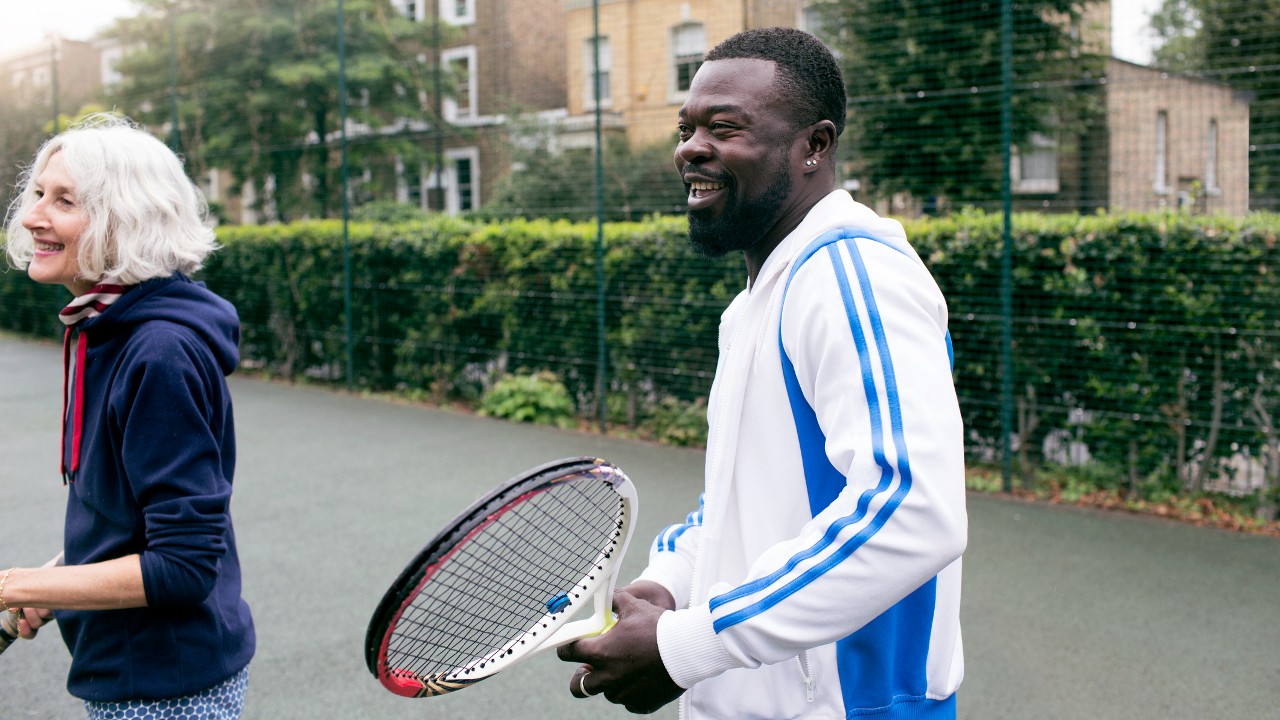
There’s plenty to get your head around when you first get into tennis and it’s easy to overspend on gear you don’t yet need. If you’ve already looked for a racket online, you may have run into some confusing jargon and if you looked at pro rackets that require you to buy strings separately, you may wonder if you’ve bitten off more than you can chew.
Not so. The best tennis rackets for beginners are made of lighter, more powerful materials and will usually come with factory strings. Factory strings aren’t great, and you’ll probably need to replace them quickly (if they don’t break on you), but they’ll do the job while you learn the basics.
You can find some very cheap beginner tennis rackets, and while they do serve a purpose, just as with the best tennis balls, if you go for too much of a budget option you’ll soon find yourself in the market for another racket. That’s why I’ve kept my selections to good value sticks which will give you every chance of improving your game and won’t fall apart on you just as you’re making progress.
The Best Tennis Rackets For Beginners
You can trust Coach
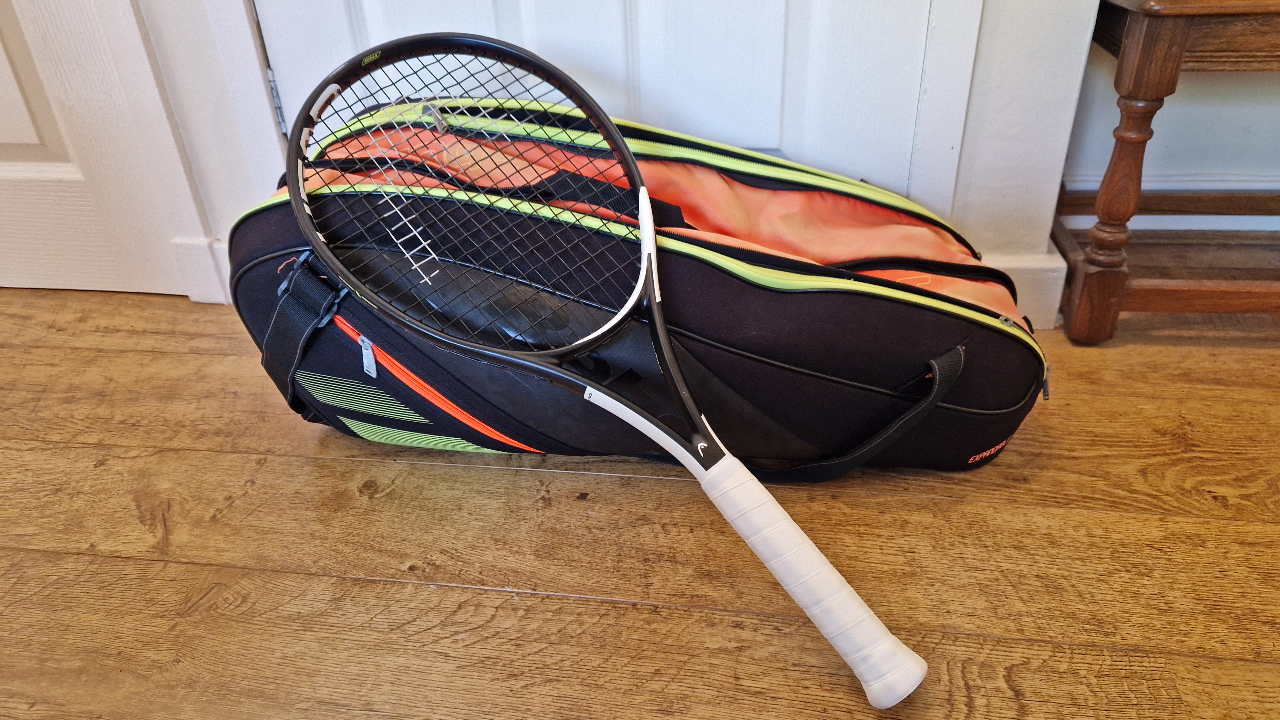
Head MX Speed Novak
Specifications
Reasons to buy
Reasons to avoid
The Head Speed Novak is essentially a beginner’s version of the Head Speed MP, which is the racket of choice of top pros Jannik Sinner and Novak Djokovic. That racket is an excellent all-rounder, offering spin, pace, flexibility and, above all, power. This lighter, beginner-friendly version offers a route into those attributes at a cheaper price.
The power, feel and usability of this frame are all great, though the racket suffers slightly from having a smaller sweet spot, which may be detrimental for beginners.
The reason this gets top spot is because it will last and help you develop your skills well beyond your rookie season. If you’re an intermediate player, this still makes a strong purchase as, for the most part, it doesn’t even feel like a beginner’s stick, it feels like a Speed MP that’s a little less unruly.
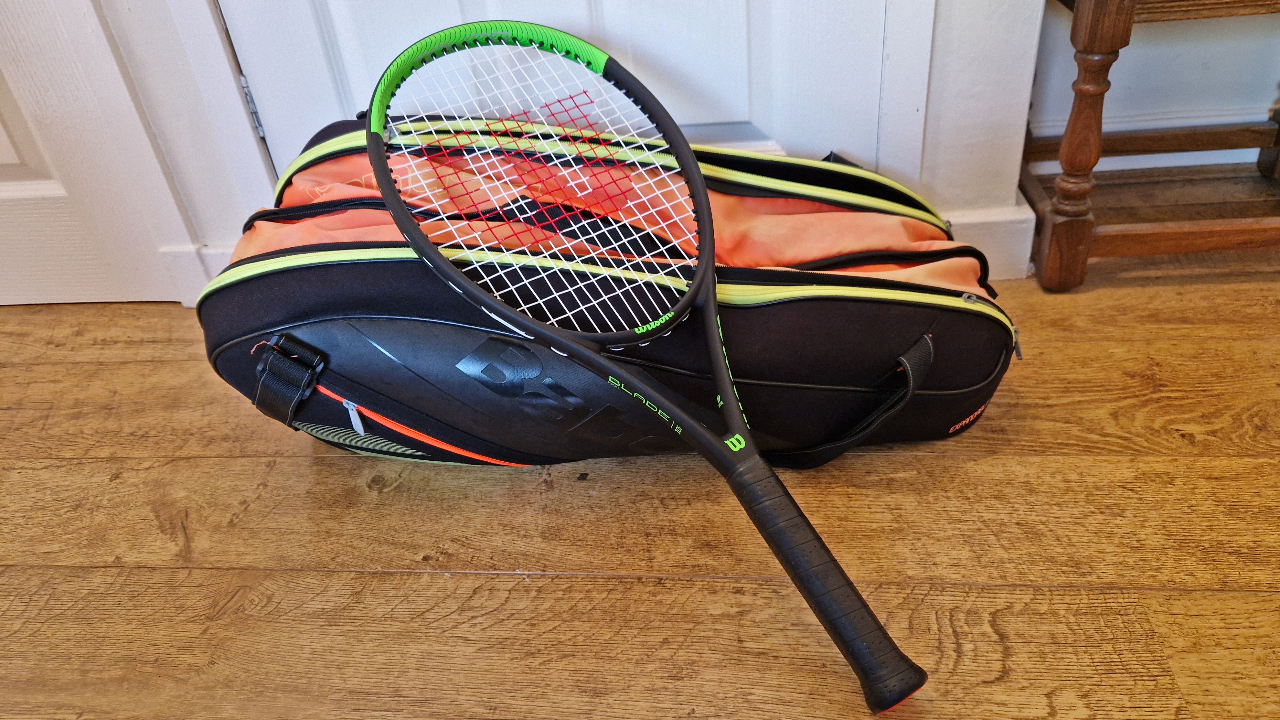
Wilson Blade Feel 105
Specifications
Reasons to buy
Reasons to avoid
Wilson has decent budget options for beginners, particularly if you buy through retailers like Sports Direct, which provided my sample of the 105. The Wilson Blade Feel takes the comfort of its Blade line, gives it a swingweight that’s as light as air, and grants beginners serious control. In particular, the generous head size gives this stick a large sweet spot, which makes it feel consistent in all areas of the court. If there’s a drawback, it’s that there isn’t much power. Luckily, with a weight of 10.2oz/262g, you can swing freely to generate your own pace.
This racket is a great budget option for any beginner. Yes, you can probably find cheaper still, but there are many cheap rackets aimed at beginners that just simply aren’t worth the strings put in them. The Blade Feel 105 offers a clear graduation path to the Wilson Blade line. For a casual player that only steps on the court once every few months, this will do the trick.
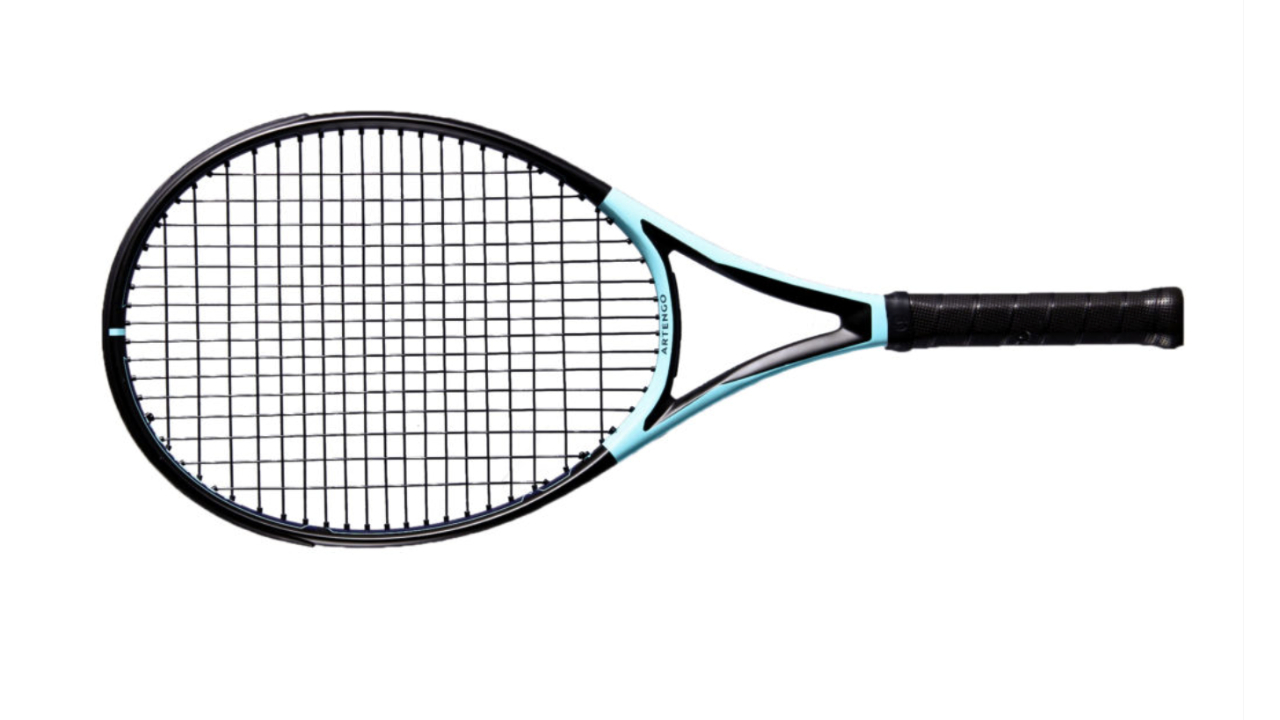
Artengo TR500 Lite
Specifications
Reasons to buy
Reasons to avoid
If you want something with a generous sweet spot that will go easy on your arm, the Artengo TR500 Lite is the racket for you. Picking a lighter frame isn’t such a bad idea, especially when you’re just starting out. If you haven’t played racket sports before, you’ll quickly realize they can be harsh on your forearm and elbow as those muscles and tendons come under a lot of pressure. A lighter racket with generous flexibility is more forgiving of imperfect technique and reduces the chance of injuries occurring.
Artengo is not well known in the tennis world, but the Decathlon brand is reliable, and worth trying out if none of the bigger brands attract you just yet. In particular, Artengo’s rackets are powerful while not breaking the bank—which can be a comfort if you aren’t sure whether your tennis career has legs. Overall, this is a fantastic racket for a beginner that will help develop your game with freedom.
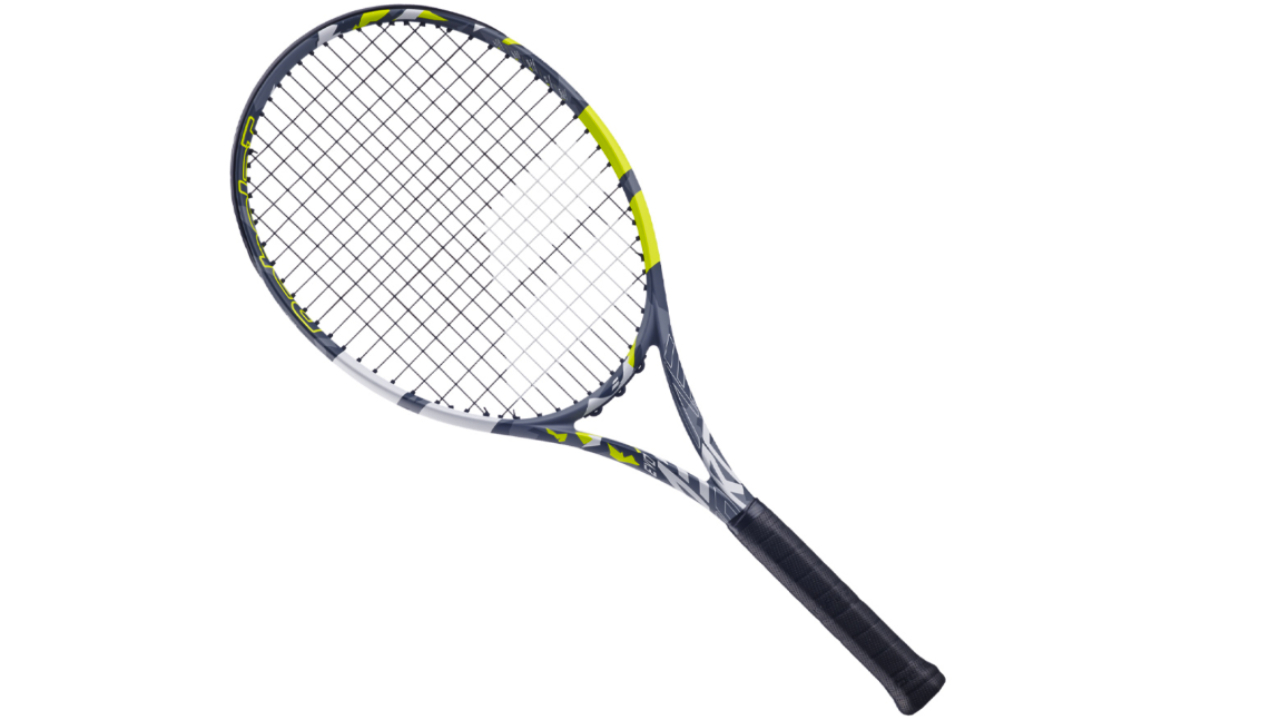
Babolat Evo Aero
Specifications
Reasons to buy
Reasons to avoid
Clay courts, and even hard courts, mean a higher bounce and more movement from the spin a player puts on the ball. Mastering that skill early with the help of a racket that helps to generate spin and variation in shots can shape your game’s development and make you a handful to deal with later down the line.
The Babolat Evo Aero isn’t as friendly on your arm and joints as a beginner might want—welcome to the world of Babolat rackets—but if you want access to power and spin, there isn’t a brand that does it better. Honestly, if you want to hit the insane drop shots that Carlos Alcaraz does, the Evo Feel tech in this racket is what you need. This is another example of a beginners’ racket that will last you a long time, and even work as you start to take on your club’s mid-tier box leagues.
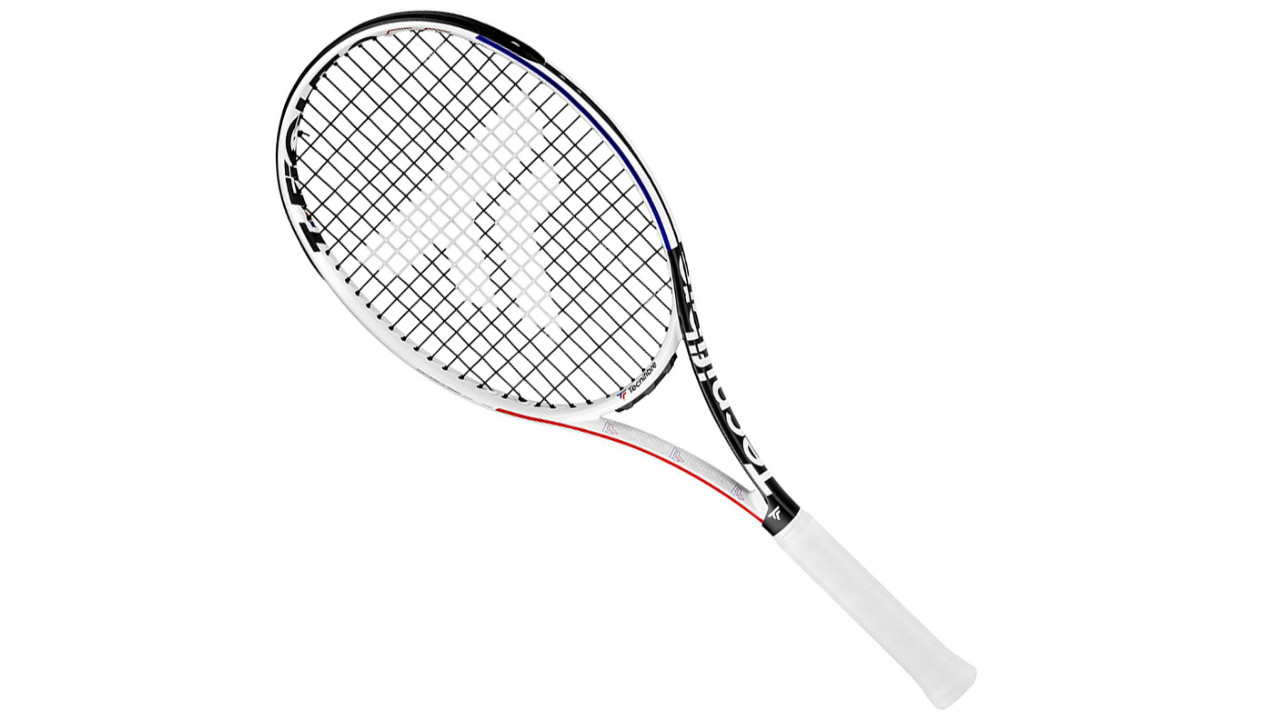
Tecnifibre T-FIGHT 255 RSX
Specifications
Reasons to buy
Reasons to avoid
One common mistake beginners often make is buying a racket they see pro players use, thinking it will help their game. This often leads to new players struggling to hit the ball properly thanks to the weight of the racket, and the technique required to generate power and control on the ball. But if you’re aiming to take tennis seriously, you don’t have to stick with limiting beginner rackets – you can choose the Tecnifibre T-FIGHT 255 RSX.
As part of Tecnifibre’s flagship T-FIGHT range, the 255 RSX takes all the technology found in advanced rackets and distils it into something that’s easy to use and beginner-friendly. Tecnifibre’s RSX beam shape, a unique five-sided R shape, helps keep the frame stable through contact while aiding with aerodynamics to keep it easy to swing.
Not only is it easy enough to play with at the start, but its specs and level of playability make it a racket that will extend well into a beginner’s tennis career.
If you choose the 255 RSK, with its unstrung weight of 255g and stiffness of 68, you will find it much easier to transition to advanced rackets down the line, given that it’s essentially a lighter and slightly more powerful version of the more advanced T-FIGHT models.
How To Pick The Best Beginner’s Tennis Racket
When you first start playing tennis, racket specs can feel a bit overwhelming. Swingweights, balance and string patterns are quite technical and hard to follow, but the main factors beginners you should look for are head size (this is how big the head of the racket and string bed are), and also the racket’s unstrung weight – how much your tennis racket weighs without strings. So how big and heavy should an ideal beginner’s racket be? We asked Jake Whalley of racket maker Babolat UK.
How heavy should a beginner’s tennis racket be?
“A racket designed for a beginner should firstly be lightweight, which in racket terms means between 240g-275g (unstrung published weight),” says Whalley. “Newcomers will be learning new techniques as well as absorbing the impact of contact with the ball, and will find they are using new muscles – or at least using their muscles in a different way. A lightweight racket will help them master these new movements while minimising any aches and pains.”
How big should the head on a beginner’s tennis racket be?
“A beginner racket will often have a slightly oversized head (102-110 square inches) versus a more advanced mid-size racket head (95-100 square inches),” says Whalley. “The bigger head offers a larger sweet spot and helps to ensure a more responsive contact with the ball even if it’s not struck dead centre in the middle of the strings.”
Which grip size should you choose?
Grip sizes have two measurements, in Europe people tend to use the scale which runs from 0-6, while in the US people tend to measure their grip size in inches.
There are two ways to measure grip size. The first is to measure from the bottom horizontal crease of the palm to the tip of the ring finger, like in the image below, which shows I have a grip size of roughly around 4½ inches which translates to a European grip size 4:
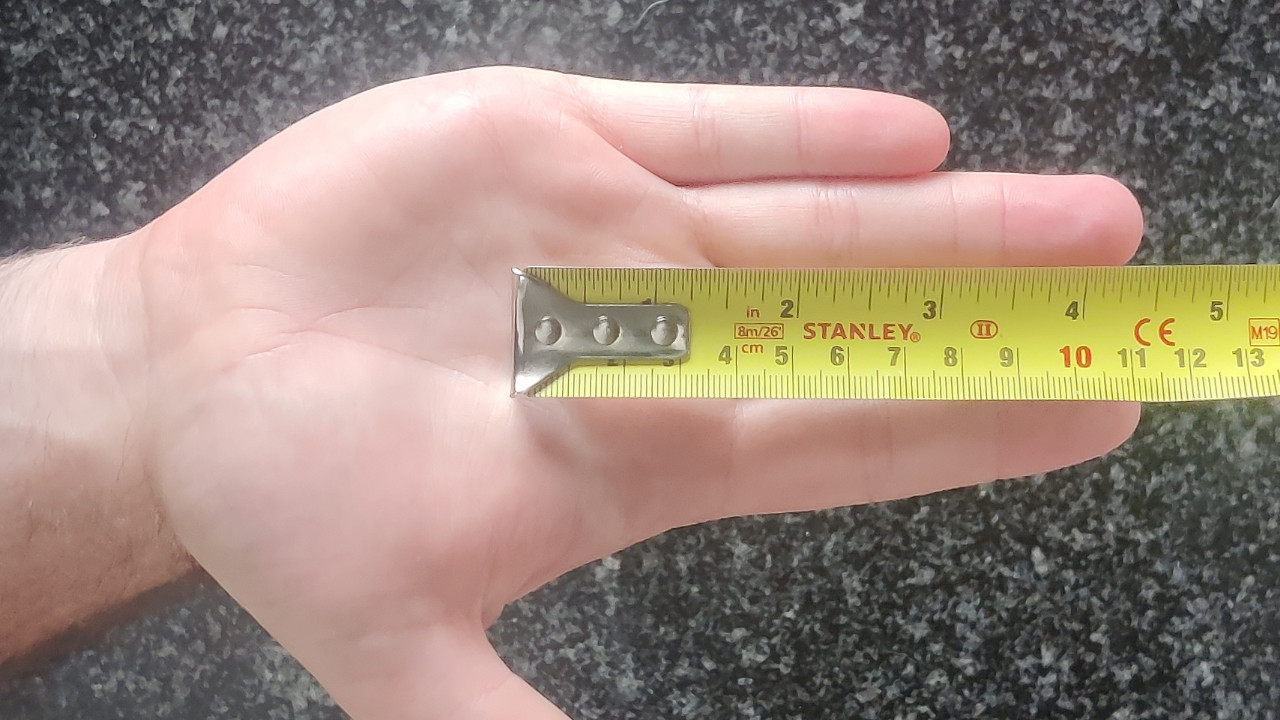
| US Sizes | European Sizes |
|---|---|
| 4 inches | 0 |
| 4⅛ inches | 1 |
| 4¼ inches | 2 |
| 4⅜ inches | 3 |
| 4½ inches | 4 |
| 4⅝ inches | 5 |
| 4¾ inches | 6 |
The second, and slightly less scientific method, is to hold a racket in your hand like a hammer and to see if you can fit your forefinger in between the gap left by your palm and fingers. This will give you a rough measure of whether your racket fits or not.
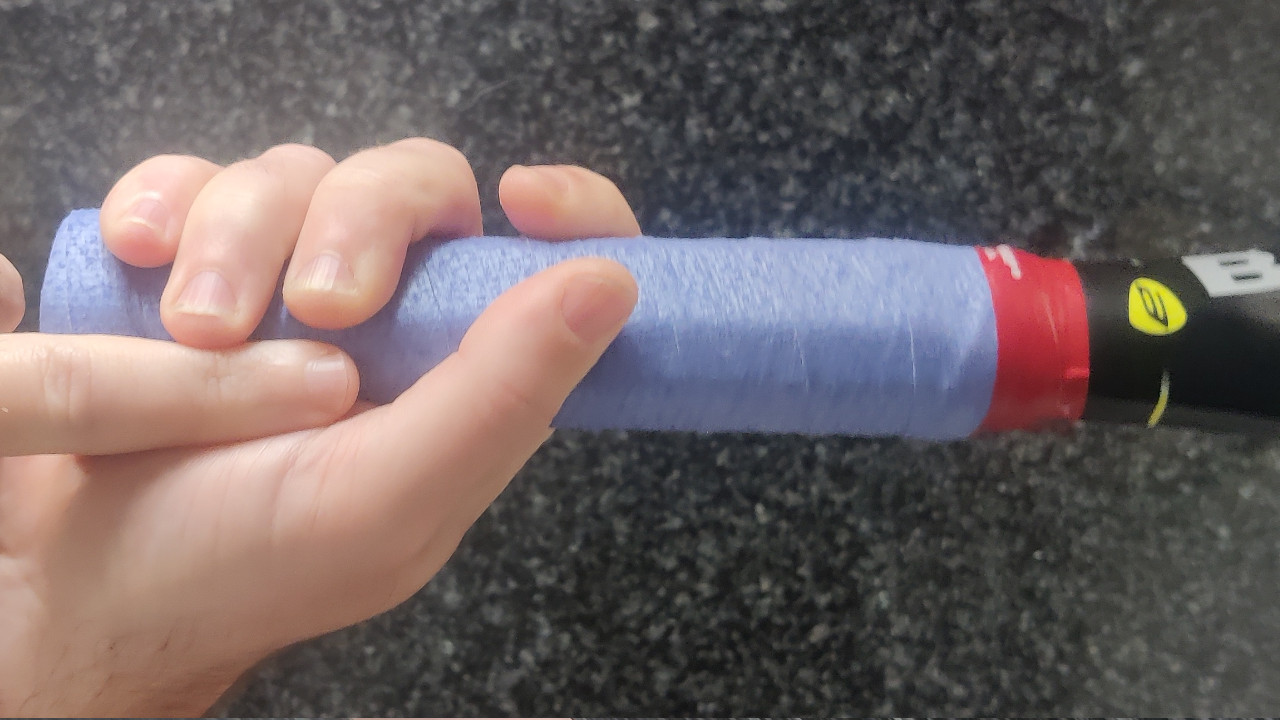
While there is a degree of flexibility in which size you use, with many pro and amateur tennis players using grips that are a size too big or too small for them (I personally find a grip size 3 to be the one that suits me), when you’re just starting out it’s best to use the correct size. Then as you progress to a more advanced racket, you can change grip size to suit your playing style.
What are the key differences between a starter racket and a more expensive model?
“The main one will be that a starter racket suited for beginners and infrequent players, as well as for anyone playing with lower-compression balls, will often be made of aluminium, which is more affordable and lightweight,” says Whalley.
“A more expensive racket will include carbon graphite, either in composite form or in its entirety. A graphite racket, engineered correctly, offers greater rigidity for increased power and enhanced impact stability for greater control. This is essential when developing your game, especially when progressing to a harder and heavier standard yellow tennis ball.
How should you care for a tennis racket?
“To best maintain your racket, a case or racket bag is advisable,” says Whalley. “This will protect your racket from bumps and scrapes, and keep your grip and strings dry. Storing the racket out of direct sunlight and as close to room temperature as possible is also a good move. This will help reduce the tension loss and keep playability consistent.
“One key point is understanding that the strings are the racket’s engine – they account for up to 50% of the overall playability of the racket so it’s essential to have the right strings and string tension.
“A general rule for any player is that they should change the strings the same number of times each year as the number of times they play tennis each week. Or when they break, of course! So if you are playing roughly three times a week, you should be aiming to refresh the strings in your racket three times a year.”
The easiest way to restring your racket is ask at your local tennis shop or club what they recommend for beginners. Many stringers will have reels of suitable strings for people just starting out.
Alternatively, the best strings for beginners are either synthetic gut or multifilament strings. Both are made from nylon, a springy yet soft material that is ideal for beginners, offering a balance of power and comfort. Synthetic gut is made to mimic natural gut, which is what tennis strings were traditionally made of, and tends to be made from a single piece of nylon, which accentuates comfort. Multifilament strings are made from many hundreds strands of nylon woven together, which means the strings are more springy and give greater power than synthetic gut.
Ask the stringer for advice on tension, or follow the suggested tensions written on your racket.
Get the Coach Newsletter
Sign up for workout ideas, training advice, reviews of the latest gear and more.

Duncan is the hardware editor at Coach’s sister title GamesRadar+, but he spends his spare time on a tennis court. Growing up, Duncan trained to be a professional tennis player, receiving coaching all over the world and competing in junior tournaments. Nowadays, he hits two or three times a week and tests the latest gear—including tennis shoes, rackets and balls—for Coach.
- Nick Harris-FrySenior writer
- Will GriceContributor
